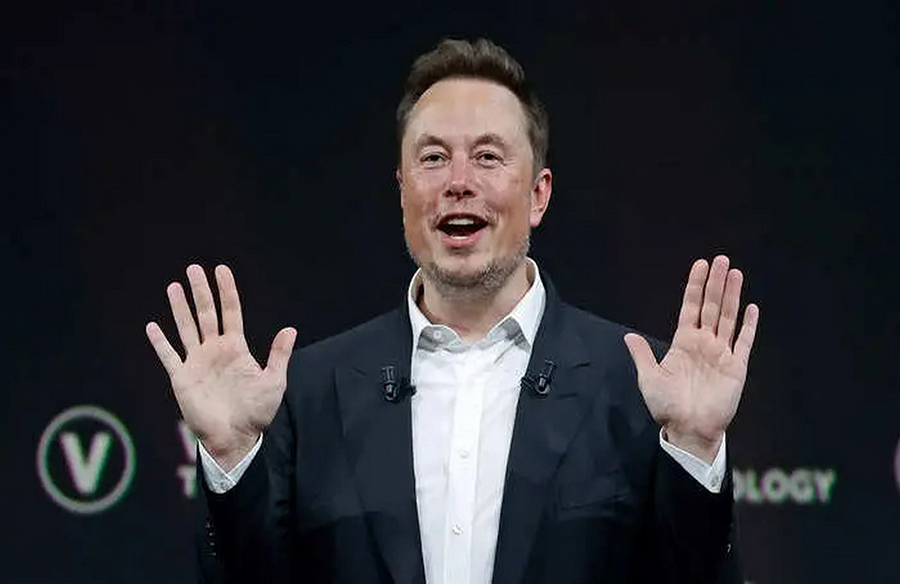Elon Musk’s Predictions: The Reality of Tesla Depreciation

Musk’s Bold Claims
Elon Musk, the enigmatic CEO of Tesla, once boldly claimed that purchasing one of his company’s vehicles would be akin to investing in an appreciating asset. Back in 2019, Musk made headlines by asserting that Teslas would defy the typical trend of automotive depreciation, asserting that they would increase in value post-purchase. He particularly emphasized the potential value boost driven by Tesla’s cutting-edge self-driving features.
The Harsh Reality
However, recent reports paint a different picture from Musk’s optimistic projections. Contrary to his assertions, Teslas have not appreciated in value as anticipated. Instead, they have experienced a pattern of depreciation similar to that of conventional vehicles. CNN’s coverage highlighted the case of the Tesla Model 3, which initially debuted with a price tag of $35,000 in early 2019. Despite a surge in value during the pandemic, used models of the Model 3 are now fetching around $29,000, indicating a notable decline.
Industry Norms and Tesla’s Situation
The phenomenon of automotive depreciation is well-established in the industry. As soon as a vehicle is driven off the dealership lot, it typically begins to lose value rapidly. AAA data suggests that cars lose approximately 20% of their value each year following their purchase. Tesla’s situation seems to align with this broader trend, despite Musk’s assertions to the contrary.
Tesla’s Response and Market Dynamics
Tesla, known for its dynamic pricing strategies, has been responsive to market dynamics in the past. Reports indicate that the company resorted to significant price cuts, reducing prices by nearly 25% in a bid to stimulate sales and navigate competitive pressures. However, these efforts seem to have encountered challenges, with Tesla’s market share in the electric vehicle segment experiencing a decline from 80% in 2020 to 56% presently, as per CNN’s findings.
Exceptions and Caveats
While Teslas generally follow the trend of depreciation, there have been exceptions. Instances of Tesla Cybertrucks being resold for double their original value have been reported, showcasing instances where demand has outstripped supply. However, such cases may be outliers, and there are reports of new Cybertruck owners encountering issues like rust spots, raising questions about the vehicle’s long-term appeal and durability.
Conclusion
In conclusion, while Elon Musk’s vision of Teslas as appreciating assets may have been aspirational, the reality seems to be more aligned with conventional automotive market trends. Despite Tesla’s innovations and occasional exceptions, the broader pattern of depreciation persists, emphasizing the complex dynamics at play in the automotive industry and the challenges of predicting future value in such a volatile market.

















